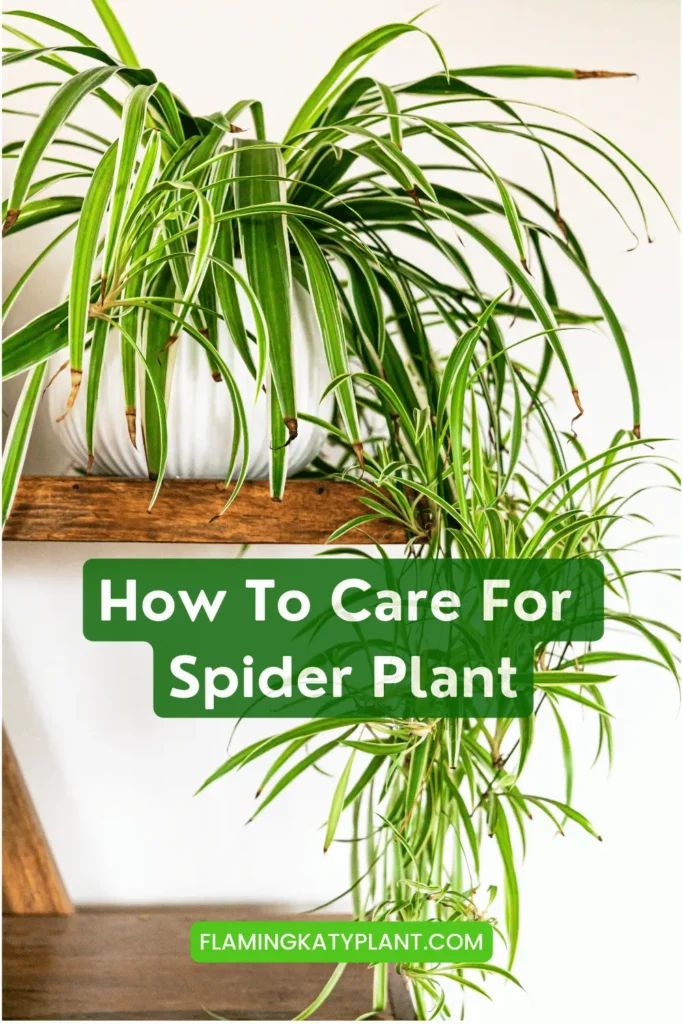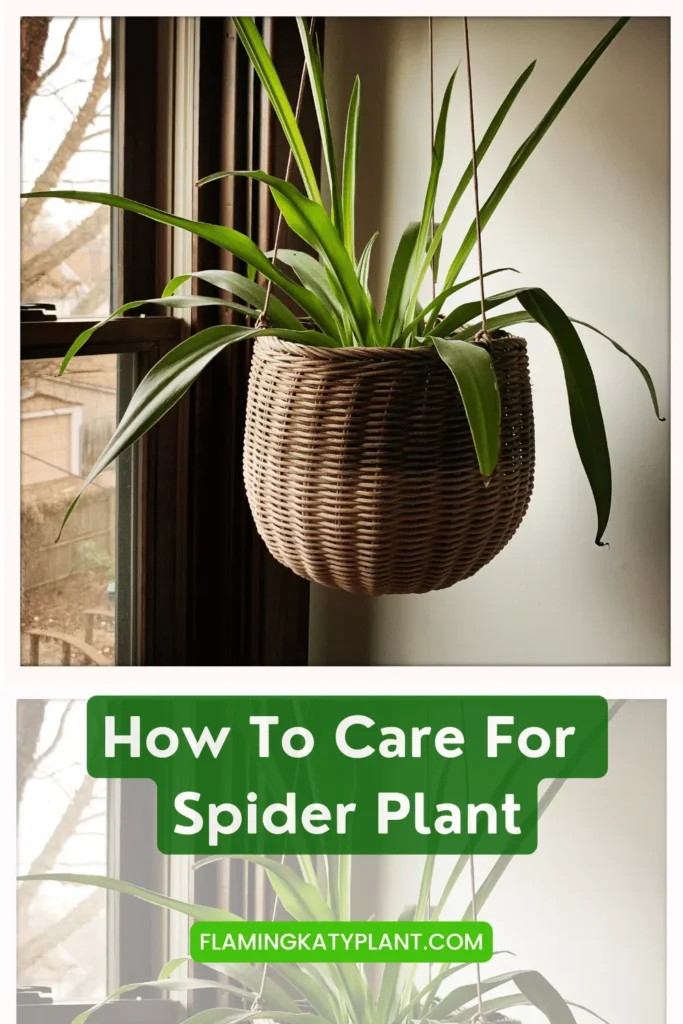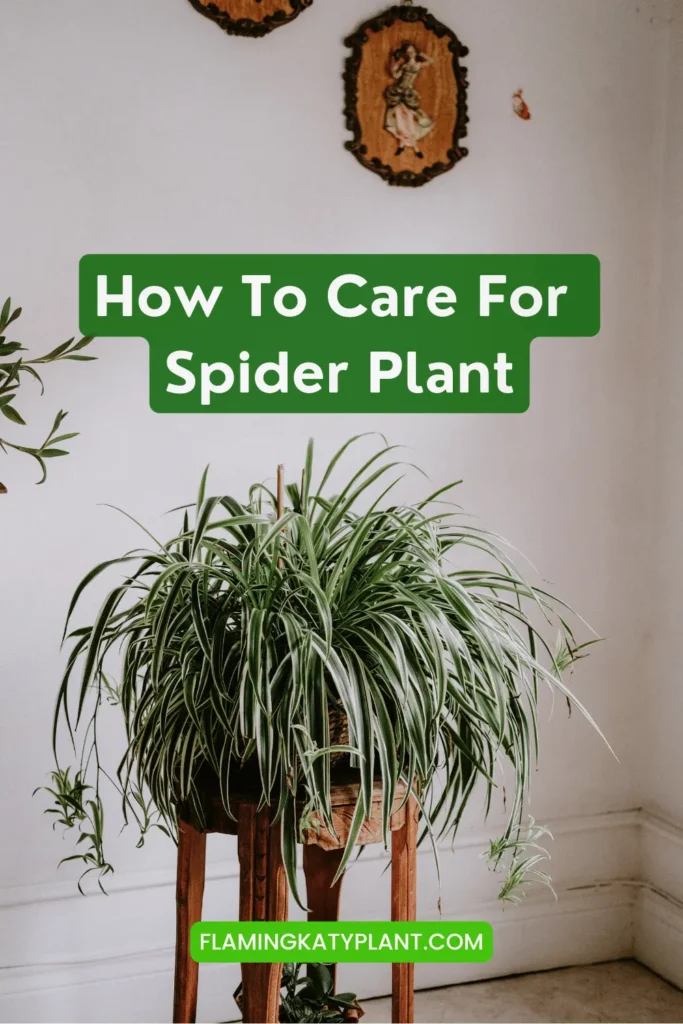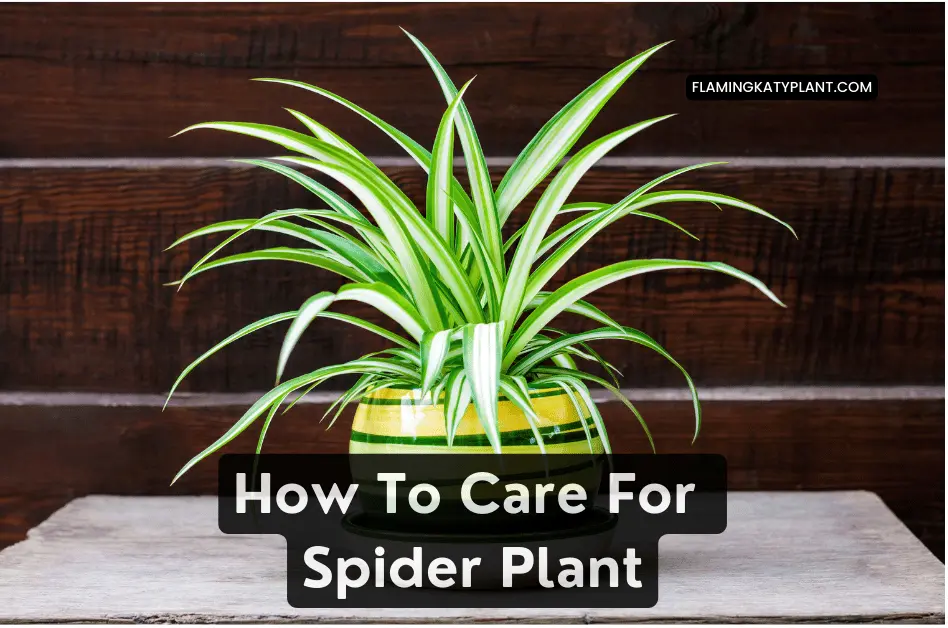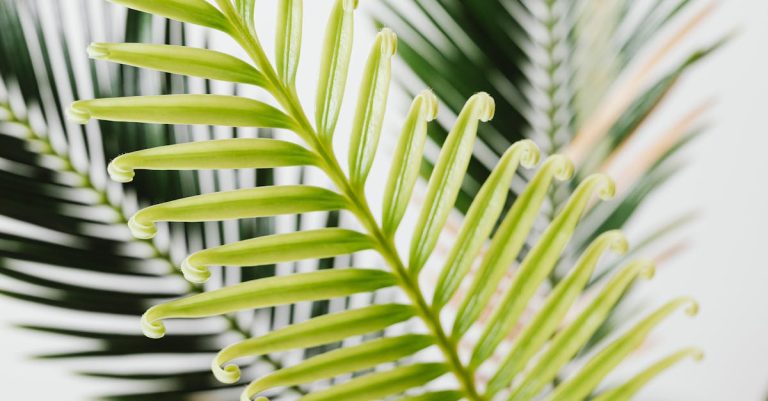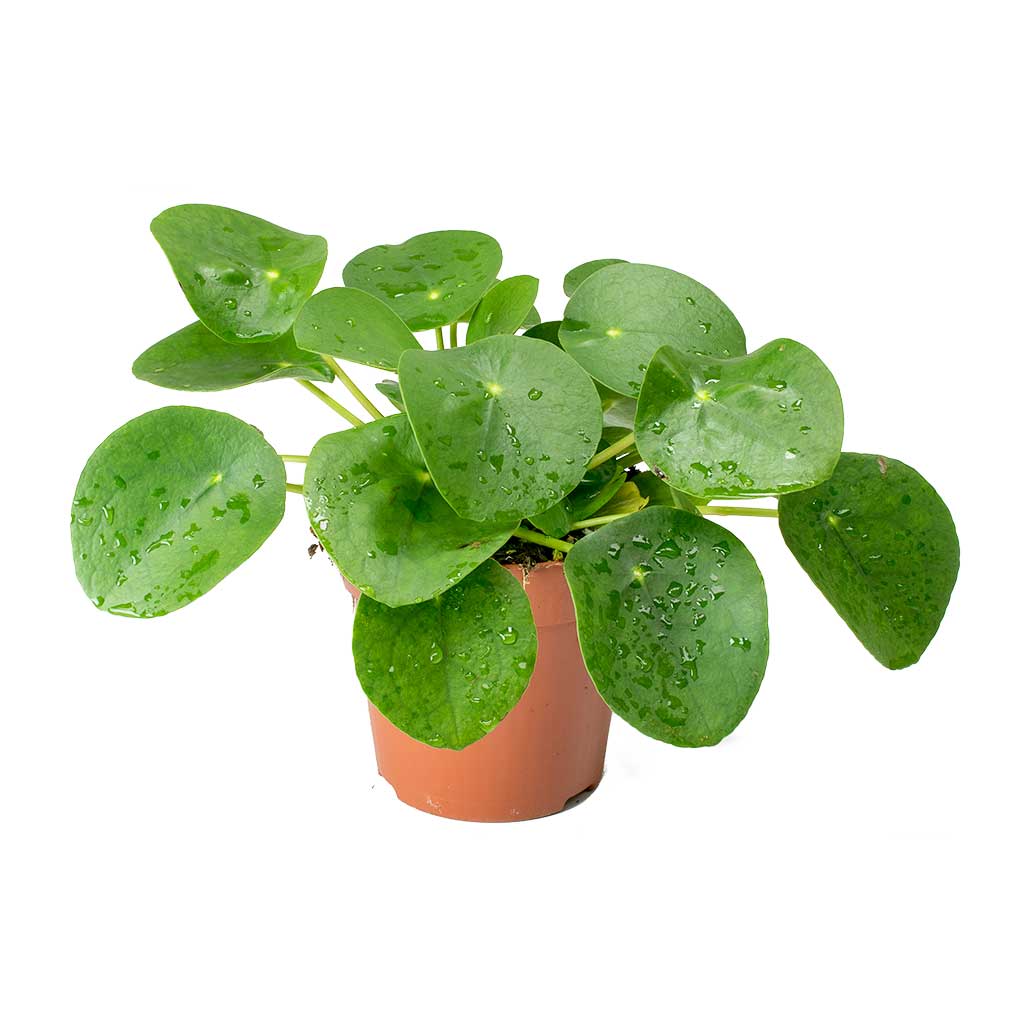How To Care For Spider Plant (Chlorophytum comosum)
Spider plants (Chlorophytum comosum) are popular houseplants known for their unique arching leaves and tiny white flowers. These low-maintenance plants are perfect for beginner gardeners due to their easy care requirements.
First introduced in Europe during the 18th century, spider plants have since become a staple in households worldwide. Their ability to thrive in a variety of conditions and purify indoor air makes them a valuable addition to any home or office space.
One interesting fact about spider plants is that they are incredibly efficient at removing volatile organic compounds (VOCs) from the air. In fact, research has shown that spider plants can help reduce levels of formaldehyde, xylene, and toluene in indoor environments, making them not just aesthetically pleasing, but also health-promoting.
To care for a spider plant, it is important to place them in bright, indirect light and water them regularly. These plants prefer well-draining soil and can benefit from occasional pruning to maintain their attractive appearance. Spider plants also enjoy being root-bound, so repotting should only be done when absolutely necessary.
By following these simple care tips, you can enjoy the beauty and air-purifying benefits of spider plants for years to come. Whether you are a seasoned gardener or a novice plant parent, spider plants are a versatile and rewarding addition to any indoor space.
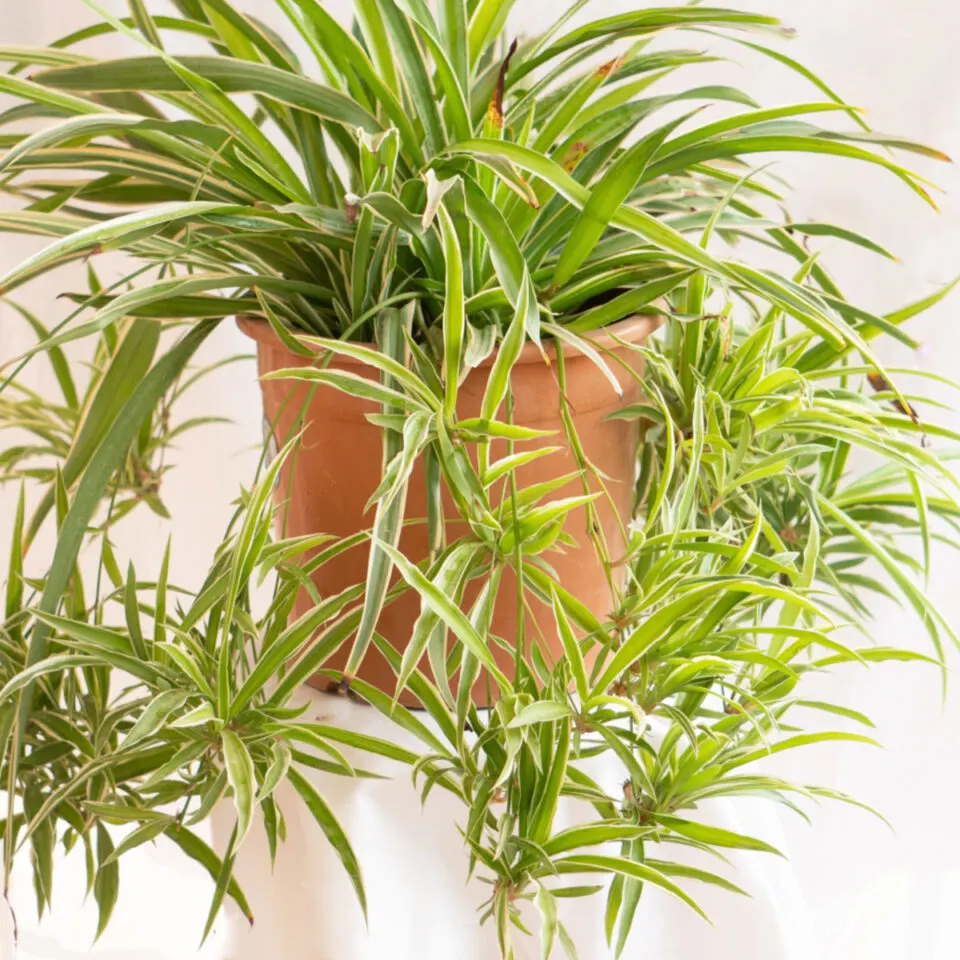
How Do You Properly Care for a Spider Plant (Chlorophytum comosum)?
Caring for a spider plant involves providing it with the right amount of sunlight, water, and occasional feeding to ensure its health and vitality. In the following section, we will discuss in detail the specific care requirements for a spider plant, including tips on watering, lighting, and fertilizing to help your plant thrive. Keep reading to learn more about caring for your Chlorophytum comosum!
:max_bytes(150000):strip_icc():format(webp)/spider-plants-chlorophytum-definition-1902773-01b-b3f60dce30a64c399d52b5538417cc7d.jpg?v=1662923064&width=1920?auto=compress&cs=tinysrgb&h=650&w=940)
Light
Spider plants thrive in bright, indirect light. They can also tolerate low light conditions, but they may not grow as vigorously. Avoid placing them in direct sunlight as this can scorch their leaves.
Watering
Water your spider plant regularly, allowing the top inch of soil to dry out between waterings. Overwatering can lead to root rot, so it’s important to ensure the plant has good drainage. Spider plants are relatively forgiving when it comes to watering, making them a great choice for beginners.
Temperature and Humidity
Spider plants prefer temperatures between 55-80°F (13-27°C). They can tolerate occasional fluctuations outside of this range, but prolonged exposure to extreme temperatures may harm the plant. They also thrive in average indoor humidity levels.
Soil
Spider plants prefer well-draining potting soil. A mixture of peat moss, perlite, and vermiculite is ideal for spider plants. Repotting every 2-3 years can help promote healthy growth.
Fertilizing
Fertilize your spider plant once a month during the growing season (spring and summer) with a balanced liquid fertilizer diluted to half the recommended strength. Avoid fertilizing in the fall and winter when the plant is dormant.
Propagation
Spider plants are easy to propagate. They produce “babies” or plantlets that can be snipped off and planted in soil to grow new plants. Simply place the plantlet in moist soil, and it will develop roots over time.
Pest Control
Spider plants are relatively pest-resistant, but they can occasionally attract spider mites, mealybugs, and aphids. To combat these pests, gently wipe the leaves with a damp cloth or use insecticidal soap.
Spider Plant Benefits
- Spider plants are excellent air purifiers, removing toxins such as formaldehyde and xylene from the air.
- They are safe for pets and can help deter cats from chewing on other plants due to their texture.
- Spider plants are easy to care for and can thrive in a variety of environments.
According to a recent study, spider plants have been shown to improve indoor air quality by removing up to 90% of toxins in the air.
FAQs
How often should I water my Spider Plant?
You should water your Spider Plant when the top inch of soil feels dry to the touch. This typically works out to be about once a week, but be sure to adjust based on your specific plant’s needs.
Can Spider Plants tolerate low light conditions?
Yes, Spider Plants can tolerate low light conditions, but they prefer bright, indirect light. If you must place your plant in a low light area, make sure to supplement with artificial light if possible.
Do Spider Plants prefer to be root-bound?
Spider Plants actually prefer to be slightly root-bound in their pot. You can repot them every 2-3 years, but they tend to thrive when a bit pot-bound.
How do I propagate Spider Plants?
To propagate Spider Plants, simply cut off one of the plantlets that develops on a stem and place it in water or soil. It will develop roots and can then be planted in its own pot.
What should I do if my Spider Plant’s leaves are turning brown?
Brown tips on Spider Plant leaves are usually a sign of underwatering, too much direct sunlight, or fluoride in the water. Adjust your watering schedule, move the plant to a shadier spot, or use distilled water to help remedy the issue.
Can Spider Plants be grown outdoors?
Spider Plants can be grown outdoors in USDA plant hardiness zones 9-11. They prefer bright, indirect light and well-draining soil.
How can I fertilize my Spider Plant?
You can fertilize your Spider Plant with a balanced liquid fertilizer diluted to half strength. Fertilize once a month during the growing season (spring and summer) and reduce to every other month in the fall and winter.
Should I mist my Spider Plant?
Spider Plants appreciate a bit of humidity, so misting them occasionally can be beneficial. However, make sure not to overdo it, as they are prone to root rot if they sit in water for too long.
Are Spider Plants safe for pets?
Spider Plants are non-toxic to cats and dogs, making them a safe option for pet owners. However, ingesting large amounts of the plant can still cause mild stomach upset in pets.
What pests are common on Spider Plants?
- Spider mites
- Mealybugs
- Aphids
Conclusion
In conclusion, caring for a Spider Plant (Chlorophytum comosum) is relatively easy and straightforward. Providing the plant with the right amount of water, light, and temperature is essential for its growth and health. Spider Plants do well in indirect light and can thrive in various climates, making them a versatile and adaptable houseplant. Proper watering is crucial to prevent both overwatering and underwatering, as well as avoiding issues like root rot. Regular fertilization, pruning, and repotting will help maintain the plant’s vigor and vibrancy.
Additionally, Spider Plants are excellent air purifiers and can remove toxins from indoor spaces, making them not only aesthetically pleasing but also beneficial for indoor air quality. Their ability to produce baby spider plantlets also adds a fun and decorative element to the plant. By following these care tips and paying attention to the plant’s needs, anyone can enjoy the beauty and benefits of a Spider Plant in their home or office space. With a little bit of attention and care, Spider Plants can thrive and continue to brighten up any space with their graceful foliage.
